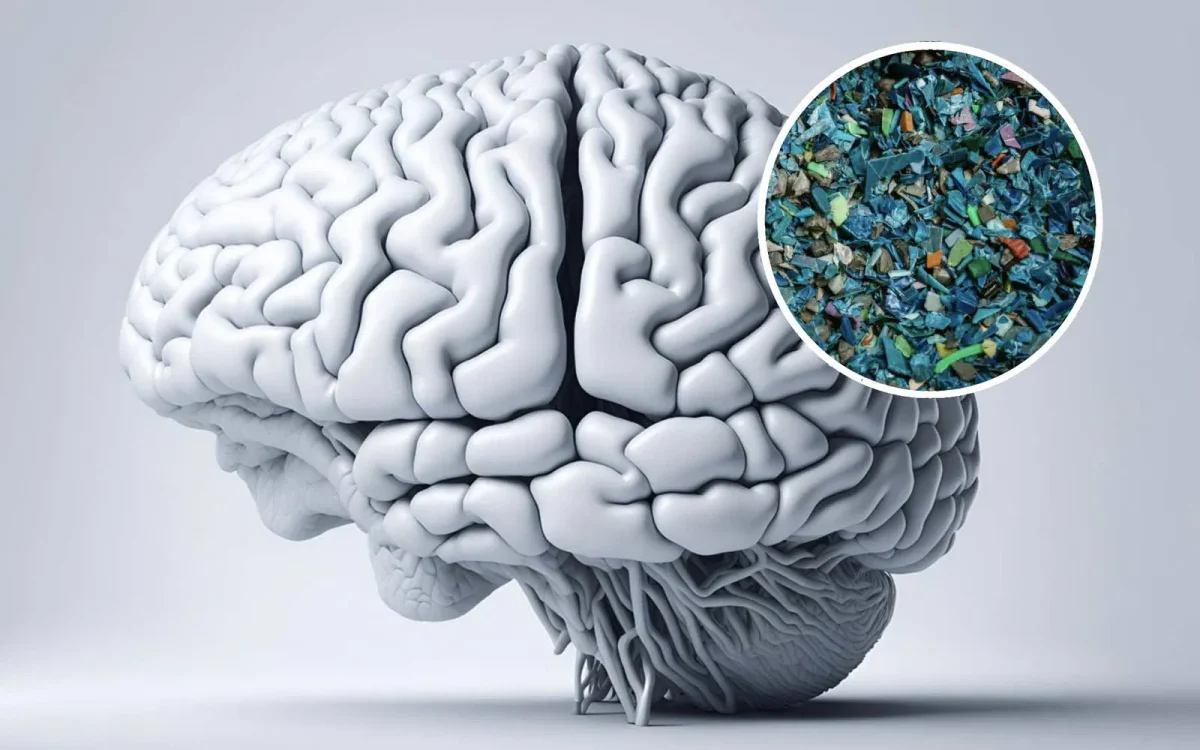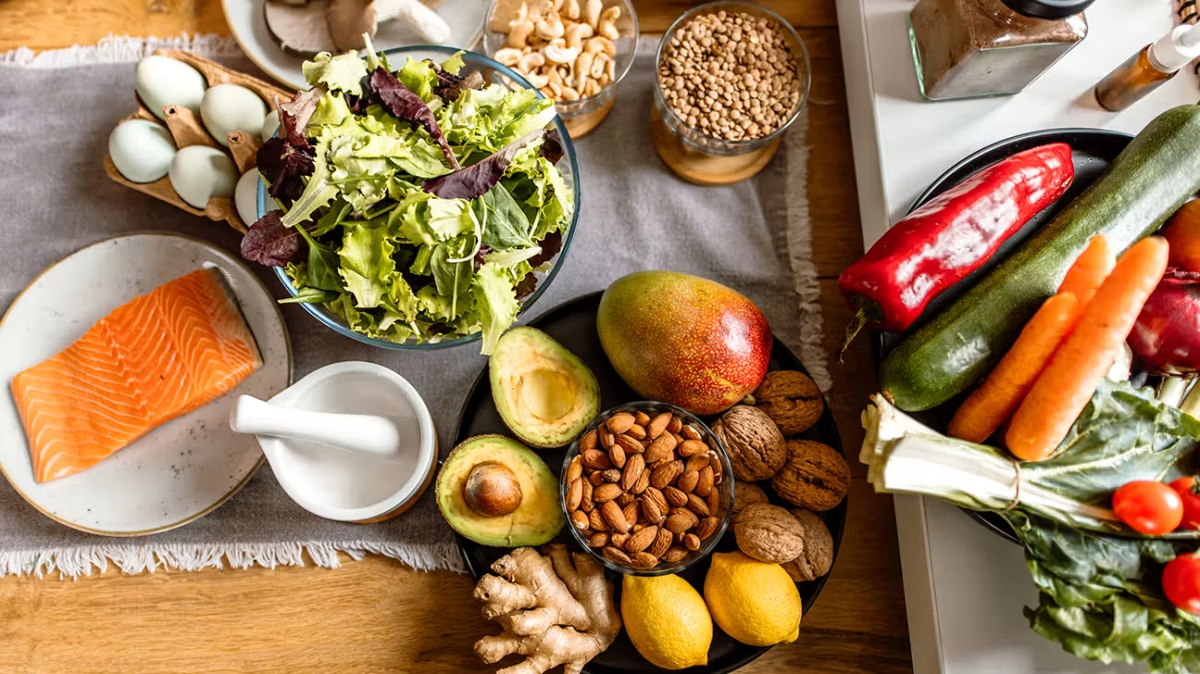Plastic pollution is an important environmental issue. Microplastics and nanoplastics can now be found everywhere in the air, water, and food across the globe. More recently, a research has shown that these particles are even found in the human body, particularly in the brain.
A study published in Nature Medicine detected high levels of nanoplastics in human brain samples. Researchers detected these particles in every sample analyzed, with a significant increase between 2016 and 2024.
In fact, the brains of individuals who died in 2024 contained 50% more plastic than those from 2016, reaching nearly 5,000 micrograms per gram of brain tissue.
“There’s much more plastic in our brains than I ever would have imagined or been comfortable with,”
— Matthew Campen, doctor and researcher at the University of New Mexico, lead author of the study.
A study suggests a possible link between nanoplastics and neurodegenerative diseases such as Alzheimer’s disease. The brains of patients diagnosed with dementia contained three to five times more plastic than brain samples of individuals that were unimpaired.
Further analysis revealed that other organs, including the liver and kidneys, had plastic concentrations around ten times lower than those found in the brain. This indicates that nanoplastics accumulate more heavily in the brain, bypassing biological barriers designed to protect it.
While the effects of microplastics on human health remain poorly understood, another recent study offers an encouraging lead. Researchers have examined the potential protective effects of anthocyanins and antioxidants found in many fruits and vegetables against microplastic toxicity. Their results suggest that some of these compounds might contribute to reducing some of the toxic effects, particularly to the reproductive system.
Microplastics not only impact the brain, but also appear to impact human fertility. Another recent study examined the consequences of plastic exposure on reproductive health and potential solutions that can reduce this damage.
Scientists from the Finland-China Food and Health Network found that anthocyanins could help protect testes and ovaries by preventing plastics from damaging reproductive cells and disrupting hormone production.
“The search for natural compounds to counteract these harmful effects is ongoing, and anthocyanins are emerging as a promising candidate,”
— Study authors, Finland-China Food and Health Network.
Microplastics have been found in sperm and testicular tissue in men, where they are thought to affect sperm quality and testosterone production. Experiments on mice shown that anthocyanins can improve sperm quality, increase sperm count and motility, and protect the cells that produce testosterone.
Scientists highlight the importance of taking action against pollution and its effects on human health.
While plastic accumulation in the body seems inevitable, some natural solutions could help mitigate its harmful effects.









